This review is taken from PN Review 173, Volume 33 Number 3, January - February 2007.
on The Beat Vision
Lynn M. Zott, A Gale Critical Companion, edited by Lynn M. Zott
Admitting a taste for the Beats can still be something of a faux pas in certain academic circles - to be greeted by a look of pained incredulity. After all, Jack Kerouac wrote rambling novels, attempting to present his own tedious travels as a sustained act of rebellion. Allen Ginsberg was a shallow self-publicist, whose meagre poetic talent was squandered in pursuit of the role of guru of the hippies. Gary Snyder may be impressive for his devotion to the ecological cause, but his poetry is flat, prosaic and dull. Such opinions represent a significant consensus, I suspect.
So established is the assumption that 'Beat' means 'bad' that the fact that for half a century the common reader has felt otherwise, and been 'turned on' to literature by discovering this or that Beat writer, cannot prevail against it. Nor can the fact that, more recently, students have opted for courses on the Beat movement in large numbers - and not always as a soft option. For Kerouac, Ginsberg and Snyder are not really an easy read: common readers and students alike find that this body of work makes demands, opens minds, changes world-views. Indeed, at their best, they merit inclusion in that great visionary tradition which stretches back, not only to Whitman and American Transcendentalism, but also to Blake and English Romanticism: 'If the doors of perception were cleansed, everything would appear to man as it is, infinite.'
That may ...
The page you have requested is restricted to subscribers only. Please enter your username and password and click on 'Continue':
If you have forgotten your username and password, please enter the email address you used when you joined. Your login details will then be emailed to the address specified.
If you are not a subscriber and would like to enjoy the 292 issues containing over 11,700 poems, articles, reports, interviews and reviews,
why not subscribe to the website today?
